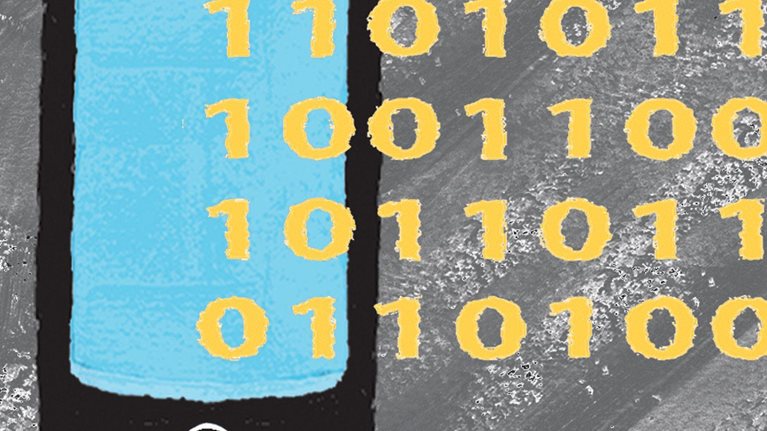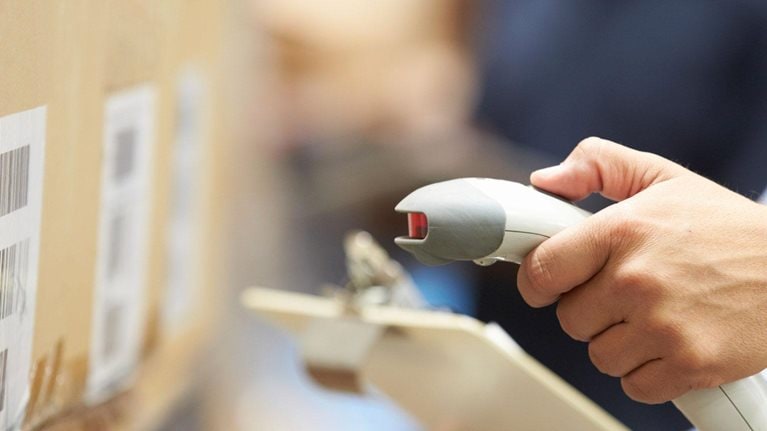With more than $330 billion in assets as of the start of 2015, DBS Bank is one of the largest banks in Southeast Asia. From its headquarters in Singapore, the bank oversees operations in 17 markets, serving more than 4.6 million customers, including 190,000 corporate and small- and midsize-business clients.
Recognizing pervasive changes in the needs of corporate clients, DBS launched a new program in early 2014 that builds the advisory skills of relationship managers (RMs)—enabling them to provide deeper supply-chain insights, help clients increase their free cash flow, and enhance innovation. Within six months, the initiative had trained more than 1,600 RMs, who collectively serve more than 30,000 clients.
The program’s architect is Tom McCabe, who served as managing director and global head of transaction banking until October 2014, when he became chief country officer for DBS’s US operations. McCabe spoke with us from his office in Singapore.
McKinsey: How have corporate clients’ banking needs changed?
Tom McCabe: The top agenda items facing large companies have not changed over the years. Regardless of industry, location, or company, most CFOs always have the same three questions: Do we have the right capital structure? Are we taking on the appropriate amount of risk? Could we be generating more free cash flow from our operations?
What is new, however, is that supply chains are becoming much more complex, in part because of the rapid pace and scope of change in the broader business environment. For example, emerging consumer buying behavior, such as Singles Day in China or Cyber Monday in the United States, creates a whole range of new opportunities—but also new risks.
One CFO tells me that he now views his job as “mission impossible.” By the time he optimizes the company’s capital structure, risk, and cash flow, its business model has shifted so drastically that he ends up undoing many of the decisions he just implemented. Another says that every quarter, at least one of his major suppliers or distributors goes bankrupt.
McKinsey: How can a bank help provide the perspective organizations need?
Tom McCabe: In most organizations, the CEO and the CFO are the only two people with an end-to-end view of the entire business. The challenge you often hear from them is, “Do we know what we don’t know?” Among the most difficult things to know is the extent of a company’s operational risk—and, with that, its opportunities to increase free cash flow. These are complex issues for which resolution requires a mix of big data, industry knowledge, and advisory skills.
McKinsey: What does that mean for the day-to-day business?
Tom McCabe: Under the traditional delivery model, RMs start by calling on their customers, listening for issues that match up to products the bank sells. RMs then spend days with the product teams preparing a “perfect solution.”
The new frontier is in helping clients unlock the value that is in their organizations already. We realized that for the RMs to assume that role effectively, they would need more than a product focus. They needed to become the client’s trusted adviser by providing insights and ideas that are tailored to that client’s needs.
Much of our work is centered on helping the RMs put themselves in the CFO’s shoes—understanding the day-to-day challenges and recognizing potential risks. The RMs needed a supporting infrastructure as well, so they could develop and deliver their analyses quickly. The idea is for RMs to uncover “trapped cash” in supply chains (thereby freeing up cash flow), and inefficiencies in the company’s operating model and processes, which are a crucial form of operational risk.
McKinsey: How does that change the experience for clients?
Tom McCabe: One company we worked with in the apparel industry historically has been interested only in traditional cash-management services. The RM’s usual approach would focus on those needs in product terms. That quickly turns into a price negotiation, with little opportunity to assess what the client’s challenges really are—or whether a broader solution would serve the client more effectively.
When the RM can take the CFO’s perspective, however, and support that view with proprietary data and insights on the industry, the conversation progresses very differently. In this particular case, the CEO began talking about the company’s inventory and logistics challenges: out-of-date goods were accumulating in some markets, while out of stocks persisted in others.
Now the RM can see the problem from a new perspective: What are the working-capital costs of carrying the goods and of the company’s logistics model? The CEO commented about some potential new suppliers—how would engaging them affect the company’s payable obligations? That’s fundamentally a data question, which our RMs can now address.
The CEO’s final comment concerned a possible IPO. That, too, is really a question: How can we help the company increase its potential valuation? An RM can now analyze options for deploying freed-up cash flows to increase sales and enterprise value prior to the IPO.
This is the value that we see corporate clients looking for: insights and advice that are strategic to their business.
McKinsey: What were some of the challenges in bringing the changes to scale?
Tom McCabe: When any organization decides to make a significant change, the first question staff will ask is, “Why?” Our business was doing well, so there wasn’t a performance issue or a “burning platform.” Instead of leading with the business case for change, we positioned it as a unique opportunity for personal and professional growth. We found people in our organization who were achievement oriented and woke up in the morning hungry to learn and do more. Harnessing their energy—developing their capabilities and giving them sophisticated data and analytic tools—allowed us to create excitement in the rest of the organization and achieve scale much more quickly.
This group trained the next level of managers, who in turn trained team leaders, and so forth. As clients experienced success in freeing up more capital, momentum started building throughout the organization. The commercial business case for this project was strong, but what really made the change possible was the energy and new thinking that resulted from collective ownership.
McKinsey: What differences do you see in the rest of the organization?
Tom McCabe: The effects are clearest for three big groups of people. The first are people at midcareer, who typically are the most likely to resist change. They are now excited about having something innovative to bring to their clients. The second group consists of high-adrenaline 20-somethings, who know that the new skills they are developing can empower them for their entire careers.
The third group was the most unexpected: the people in parts of the organization that are not customer facing—people such as our credit officers, operations heads, and risk staff. They jumped in, supported the training programs, and partnered with the RMs to solve clients’ cash-flow challenges. The result is not just better credit decisions but stronger commercial skills across the institution. From my perspective, the impact on the culture of the organization has been extraordinary.
McKinsey: How do you measure the program’s impact?
Tom McCabe: RMs are now identifying major potential sources of working capital for their clients. Our latest internal data show that the increase in free cash flow can equal as much as 5 to 8 percent of the client’s total sales. Clients are also mitigating operational-risk issues while uncovering opportunities for increased productivity.
McKinsey: And for the bank?
Tom McCabe: We track several metrics for the program, such as the value and number of deals that clients are pursuing with us, the return on equity of the revenue streams involved, and the number of “new to bank” clients the program is attracting. In addition, we’ve noticed that companies’ decision-making cycles appear to be faster as well.
We think certain other effects will mean even more to our organization over the long run as they begin to influence our culture. For example, employees now have an unusual chance to build a career legacy by increasing innovation in client engagement. That type of opportunity seldom arises in a mature industry such as banking. It's a big plus in recruiting and retaining top talent.
McKinsey: What sort of ongoing commitment do the changes require?
Tom McCabe: The talent and capability-building program is itself a commitment, but there are others as well—developing new data sources, maintaining analytic tools, and so on. To meet our RMs’ need for client-specific insights, we built a 65,000-company database, which we continually update. The teams necessary to mine, manage, and analyze the data represent a significant but valuable investment.
McKinsey: How do you see the program evolving?
Tom McCabe: In two main ways. The first is to expand our delivery model in response to demand in all our markets for solutions using mobile-technology platforms. Second, the complexities of the supply chain mean there are constant demands for greater efficiency, such as tools for scenario testing based on changes in inventory levels, counterparty risk, or product shelf life.
McKinsey: What’s been most rewarding to you as a leader in this experience?
Tom McCabe: Fundamentally, we designed, built, and launched a program that provides something rare in the banking industry. It is delivering real benefits for our clients and our shareholders and contributing to the more vibrant, innovative culture we are building across DBS.



